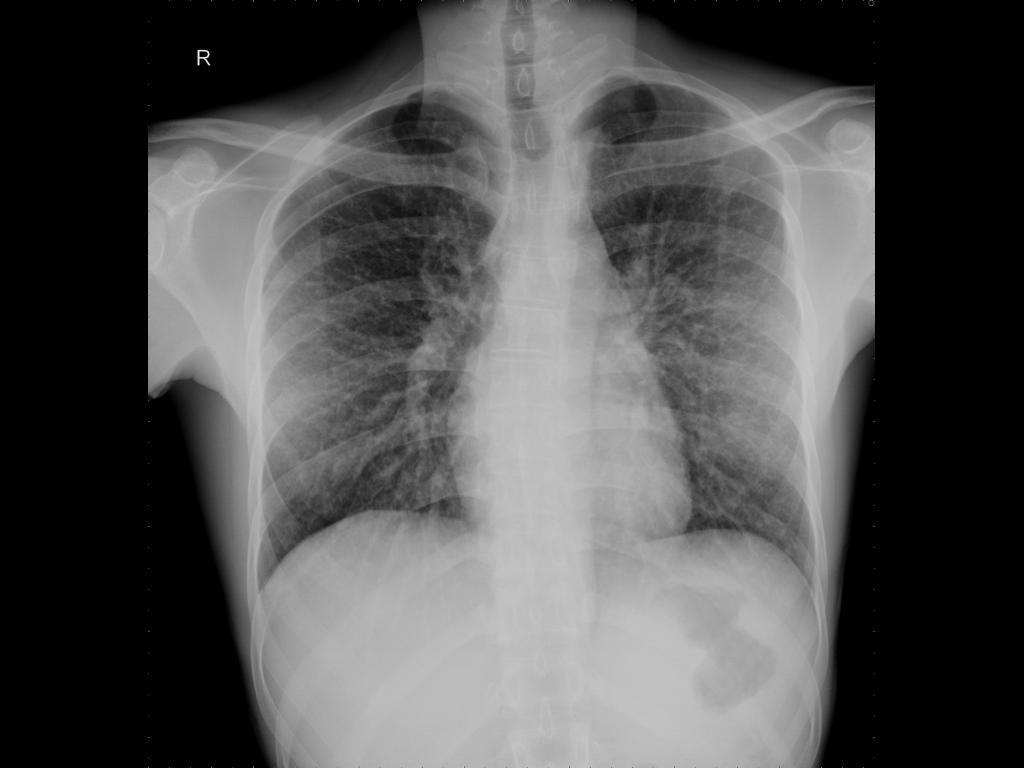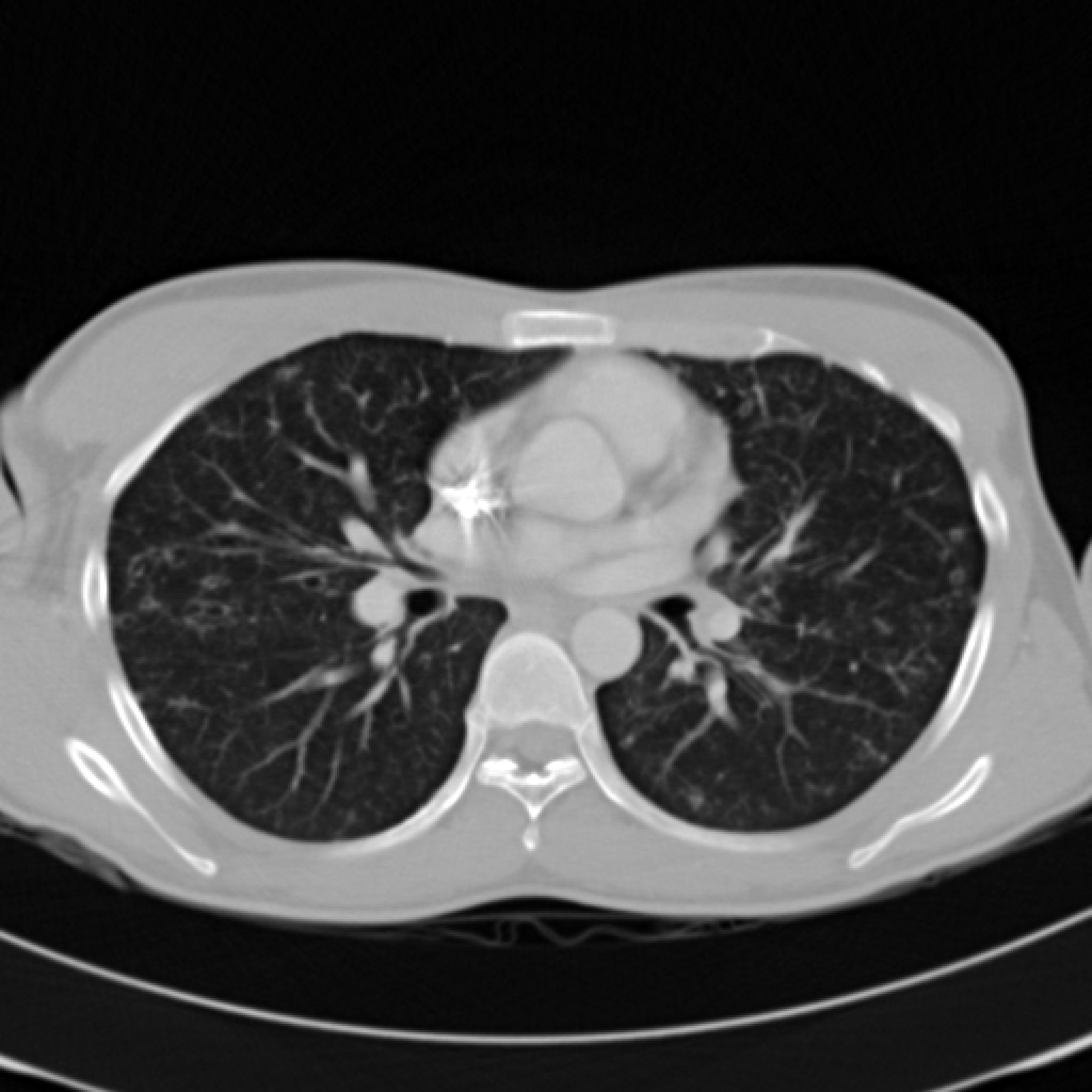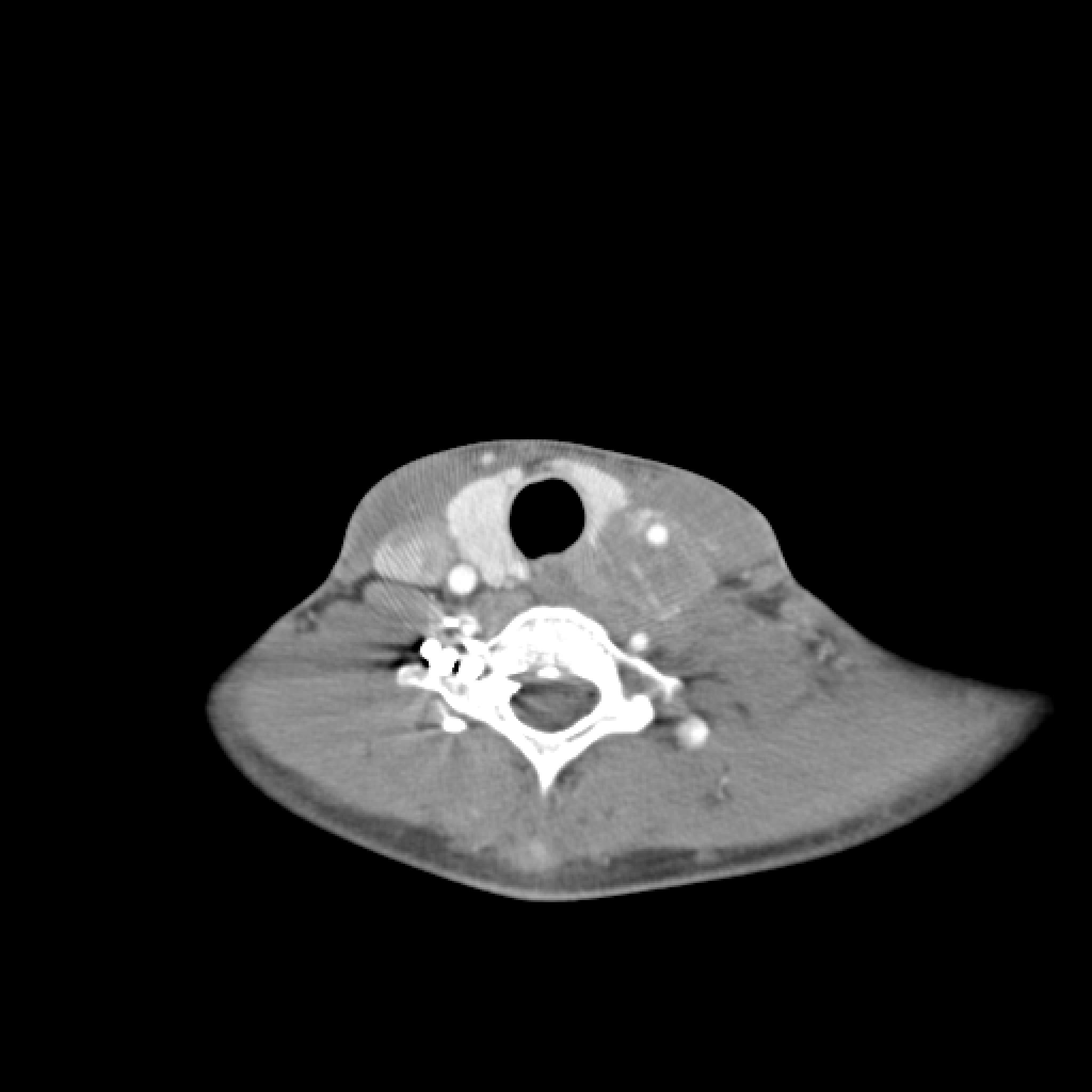A Diagnostic Dilemma: A Young Boy with Loss of Weight, Pulmonary Infiltrates and Cervical Lymphadenitis
Asmita A. Mehta1, Sunil Kumar K.2, Rajesh Venkitakrishnan3
1 Clinical Associate Professor, Department of Pulmonary Medicine, Amrita Institute of Medical Sciences, Ponekara, Kochi-682041, Kerala, India.
2 Senior Resident, Department of Pulmonary Medicine, Amrita Institute of Medical Sciences, Ponekara, Kochi-682041, Kerala India.
3 Associate Professor, Department of Pulmonary Medicine, Amrita Institute of Medical Sciences, Ponekara, Kochi-682041, Kerala India.
NAME, ADDRESS, E-MAIL ID OF THE CORRESPONDING AUTHOR: Dr. Asmita A. Mehta, Associate Professor, Dept of Pulmonary Medicine, Amrita Institute of Medical Sciences, AIMS Ponekkara P.O, Kochi, Kerala–682041, India.
Phone: +91-9037450374,
E-mail: asmitamehta@aims.amrita.edu
Cervical lymphadenitis is a common finding in young adults in a country like India, where tuberculosis is endemic. We are presenting the case of a young boy who presented with low grade fever, dry cough, weight loss, and a cervical swelling. His chest X-ray showed diffuse reticulonodular infiltrates. Contrast enhanced CT of chest showed bilateral multiple ring shadows. Cervical lymph node fine needle cytology suggested a metastatic thyroid carcinoma. He was evaluated extensively and a final diagnosis of a familial medullary thyroid carcinoma was made. Medullary thyroid carcinoma should be considered in the differential diagnosis of cervical lymphadenitis with lung infiltrates in young adults. It may be sporadic or a part of an inherited autosomal dominant disorder like multiple endocrine neoplasia. Genetic testing should be done for all patients with a diagnosis of medullary thyroid carcinoma.
Cervical lymphadenitis,Cystic shadows,Familial medullary thyroid carcinoma
Case Report
A 22-years-old boy from southern part of India was admitted to our hospital with a history of fever, dry cough, shortness of breath and loss of weight and appetite. He had noticed two pea nut sized swellings on the left side of his neck since the past 2 weeks. On examination, he was found to be a well-developed, apparently healthy and comfortable looking young boy who weighed 52 Kg; he was in no obvious discomfort. There were two palpable nodes in the left cervical region. There was no clubbing, pallor, cyanosis, pedal oedema or thyroid swelling. His vitals were as follows: a pulse rate of 114/min, a respiratory rate of 20/min, and oxygen saturation on breathing room air -97%. His respiratory system examination was normal. No abnormality was detected in any other system. Tuberculin test (100 T.U.) was negative. His blood investigations were as follows: Hb -11.1 gm/dl and white blood cell counts of 12.2 x 103/μL with 73% neutrophils. His liver function tests, renal function tests and serum electrolytes were normal. Chest radiograph demonstrated a bilateral diffuse reticulo-nodular opacity [Table/Fig-1]. CT of the chest demonstrated scattered micro nodular infiltrates with small cystic shadows, mainly in the periphery, throughout both lungs [Table/Fig-2]. Excision biopsy of a lymph node which was done, was suggestive of a metastatic poorly differentiated carcinoma. Immunohistochemistry was consistent with the diagnosis of a metastatic medullary thyroid carcinoma (MTC). Multi detector CT of neck showed a mass which arose from left lobe of thyroid, which encased the left common carotid artery and jugular vein [Table/Fig-3]. Ultrasound guided FNAC of thyroid mass confirmed the diagnosis of MTC. The patient’s sister had a thyroid tumour two years ago. In view of two cases of thyroid tumour in the family, the possibility of MTC as a part of an autosomal inherited disorder, MEN2 (multiple endocrine neoplasia) was considered. The results of other investigations were as follows: Serum calcitonin: 9158 pg/ml (normal 0), urine Vanillyl Mandelic Acid: 9.8mg/24 hours (normal range: 2-10 mg/24hours) and Carcinoembryonic antigen: 723.12ng/ml (normal range: 0.0-5.0 ng/ml); PET CT (Positron Emission Tomography) showed an abnormally increased FDG (Fluro Deoxy Glucose) uptake by left lobe of thyroid, left cervical and subcarinal lymph nodes and in cavitatory nodules which involved bilateral lungs. A final diagnosis of MTC, probably as a part of FMTC syndrome, was made. In view of advanced metastatic malignancy, he was not a candidate for a surgical intervention and he was suggested palliative external beam radiotherapy.
Chest x-ray PA view showing bilateral reticular and nodular infiltrates

Multi detector CT neck: showing soft tissue mass lesion arising from left lobe of thyroid and encasing left carotid

Contrast enhanced CT chest showing bilateral diffuse micronodularity with peripheral based cystic shadows

Discussion
Medullary Thyroid Carcinoma (MTC) was first described by Jaquet in the German literature as “a malignant goitre with amyloid” [1]. In about 20-25% of cases, MTC presents as part of an autosomal dominant inherited disorder and as a sporadic tumour in the rest of the cases. MTC syndrome (multiple endocrine neoplasia type 2, MEN 2) affects approximately 1 in 30,000 of individuals [2] and it consists of MEN 2A (Sipple’s syndrome), familial MTC (FMTC), and MEN 2B. The genetic defect which causes MEN 2A is a germline RET (REarranged during Transfection) mutation that is located on chromosome 10 [2]. MEN 2A is defined as the presence of MTC, PHEO (pheochromocytoma), and PHPT (Primary Hyperparathyroidism), which are associated with germline RET mutations [3]. FMTC is a variant of MEN2A, with multi–generational MTC without PHEO or PHPT. Treatment of choice for MTC is a total thryoidectomy with a central neck dissection [4–6]. For positive surgical margins and mediastinal disease, adjuvant radiotherapy may be given [7]. Follow up after surgery includes serial measurements of calcitonin every 6 months. A higher post surgical calcitonin doubling time is associated with a poor prognosis [7].
For metastatic thyroid cancers, surgery is not a valid option. Chemotherapy with Adriamycin is the best agent in this scenario, but it has a very poor success rate (20%). External beam radiotherapy may be useful [6]. Prevention can be achieved by undertaking family screening programmes and by doing prophylactic thyroidectomies in those who have cancer induced RET genes [6]. The 10-year disease-specific survival of MTC is about 75% [7–8]. Important prognostic factors that predict adverse outcomes include an advanced age at diagnosis, extent of primary tumour, nodal disease, and distant metastases [8]. Unfortunately, most of the patients are diagnosed with stage III or IV disease, and there has been no significant increase in the survival of patients with MTC in recent decades [8].
Conclusion
Medullary thyroid carcinoma should be considered in the differential diagnosis of cervical lymphadenitis with lung infiltrates in young adults. MTC may be sporadic or a part of an autosomal dominant inherited disorder, MEN 2. Germ-line RET testing should be offered to all patients with a diagnosis of MTC.
[1]. Jaquet AJ, Ein fall von metastasierenden amyloidtumoren (lymphosarcoma) Virchows Archiv 1906 185:251-67. [Google Scholar]
[2]. Donis-Keller H, Dou S, Chi D, Carlson KM, Toshima K, Lairmore TC, Mutations in the RET proto-oncogene are associated with MEN 2A and FMTC Hum Mol Genet 1993 2:851-56. [Google Scholar]
[3]. Kloos R, Charis Eng, Douglas B, Francis L G, Gagel R, Gharib H, Medullary Thyroid Cancer: Management Guidelines of the American Thyroid Association Thyroid 2009 19:565-612. [Google Scholar]
[4]. Douglas W B, American Thyroid Association Guidelines for Management of Medullary Thyroid Cancer An Adult Endocrinology Perspective Thyroid 2009 19:547-50. [Google Scholar]
[5]. Barbet J, Campion L, Kraeber-Bodéré F, Chatal JF, Prognostic impact of serum calcitonin and carcinoembryonic antigen doubling-times in patients with medullary thyroid carcinoma J Clin Endocrinol Metab 2005 90:6077-84. [Google Scholar]
[6]. Hu MI, Vassilopoulou-Sellin R, Lustig R, Lamont JP, Pazdur R, Wagman LD, Thyroid and Parathyroid Cancers: A Multidisciplinary Approach in Cancer Management 2008 11th edPhiladelphiaF.A.Davis Company [Google Scholar]
[7]. Cupisti K, Wolf A, Raffel A, Schott M, Miersch D, Yang Q, Long-term clinical and biochemical follow-up in medullary thyroid carcinoma: a single institution’s experience over 20 years Ann Surg 2007 246:815-21. [Google Scholar]
[8]. Roman S, Lin R, Sosa JA, Prognosis of medullary thyroid carcinoma: demographic, clinical, and pathologic predictors of survival in 1252 cases Cancer 2006 107:2134-42. [Google Scholar]